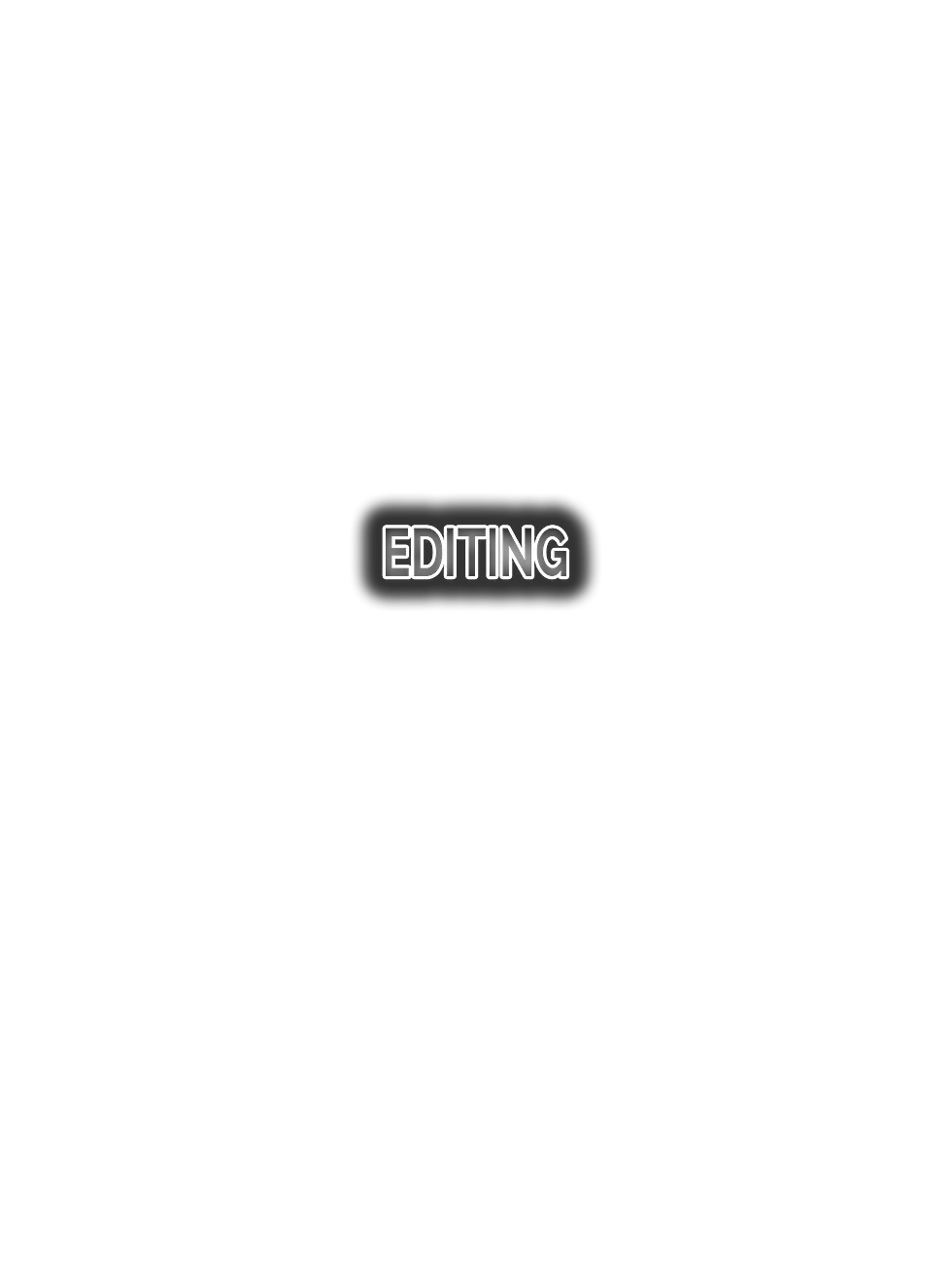

Bring your vision to life in post, from short-form content like promos and vlogs, to long-form content like films and documentaries.
For a tailored quote for your own project, feel free to reach out to me directly, or press Book Service today.


The Editing service offers a tailored approach to content creation and post-production, ensuring a seamless and visually stunning final product. Films and Content will be edited to a specific aspect ratio, ensuring that your content is optimised for the desired platform and audience. Picture Editing will also be executed with a meticulous attention to detail, enhancing the visual impact of your project.
If requiring assistance in all aspects of Post-Production, then the involvement of Sound Design will help bring an immersive audio experience to your production, capturing the essence of your message. Colour Grading techniques elevate the overall aesthetic, creating a cohesive and captivating visual narrative. Lastly, the Final Mixing phase integrates seamlessly balanced audio elements for a polished and professional finish.
With a commitment to excellence, your project can be delivered in up to 4K Resolution, guaranteeing a high-quality viewing experience that meets the standards of today's visual landscape. From start to finish, this service is designed to elevate your production or content, ensuring it stands out in the digital realm.
What aspect ratio should I have my film edited to?
There are several industry-standard aspect ratios used in filmmaking, and the choice often depends on the filmmaker's artistic vision, the type of project, and the distribution platform. Here are some common aspect ratios used in professional filmmaking;
1.85:1 (Flat): This is a standard widescreen aspect ratio commonly used in many feature films. It provides a wide cinematic look while still allowing for comfortable viewing in various settings.
2.39:1 (Cinemascope or Anamorphic): Widely used for epic and visually stunning films, this ultra-wide aspect ratio is achieved using anamorphic lenses or cropping in post-production. It offers a grand cinematic experience.
16:9 (1.78.1): Commonly known as widescreen or HDTV, this aspect ratio is widely used for television, online streaming, and some independent films. It has become a standard for digital content due to its compatibility with various devices.
Can I leave certain things to be later added in Post-Production?
The key is to strike a balance based on the specific requirements of the project, the available budget, and the creative vision. Careful pre-production planning and communication between the production and post-production teams are essential to ensure a smooth workflow and the successful integration of practical and post-production elements.
Filmed practically, will offer you realism and authenticity, as well as cost efficiency, time saving and actor interaction. Whereas produced digitally enables flexibility and creativity, as well as more enhancement and correction, and for some effects, cheaper than if it was shot practically.
Ultimately, the decision should align with the overall goals of the project and contribute to the best possible end result while considering logistical constraints and resource availability.


Adobe Premiere Pro

Artgrid

Adobe Premiere Pro

Adobe After Effects

Artlist

Adobe After Effects

Adobe Photoshop

Adobe Photoshop

Adobe Audition

Adobe Audition

DaVinci Resolve

DaVinci Resolve
















